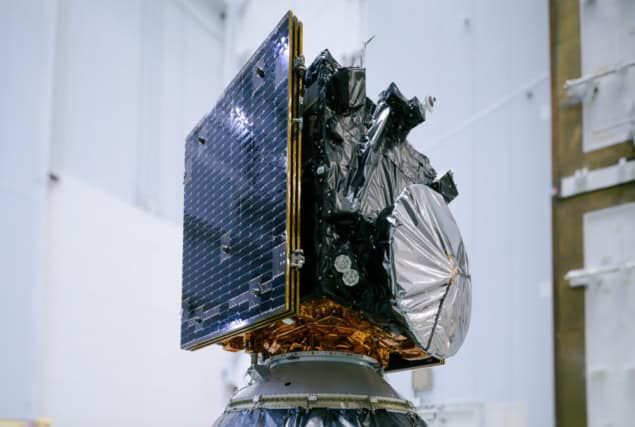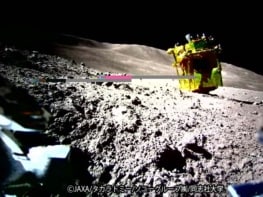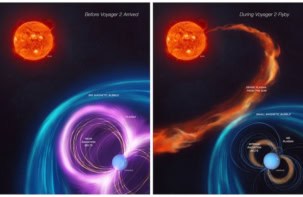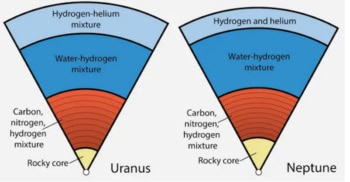
The European Space Agency (ESA) has launched a €360m mission to perform a close-up “crash-scene” investigation of the 150 m-diameter asteroid Dimorphos, which was purposely hit by a NASA probe in 2022. Hera took off aboard a SpaceX Falcon 9 rocket from Cape Canaveral at 10:52 local time. The mission should reach the asteroid in December 2026.
On 26 September 2022, NASA confirmed that its $330m Double Asteroid Redirection Test (DART) mission successfully demonstrated “kinetic impact” by hitting Dimorphos at a speed of 6.1 km/s. This resulted in the asteroid being put on a slightly different orbit around its companion body – a 780 m-diameter asteroid called “Didymos”.
A month later in October, NASA confirmed that DART had altered Dimorphos’ orbit by 33 minutes, shortening the 11 hour and 55-minute orbit to 11 hours and 23 minutes. This was some 25 times greater than the 73 seconds NASA had defined as a minimum successful orbit period change. Much of the momentum change came from the ejecta liberated by the impact including a plume of debris that extended more than 10 000 km into space.
Mars flyby
The Hera mission, which has 12 instruments including cameras and thermal-infrared imagers, will perform a detailed post-impact survey of Dimorphos. This will involve measuring its size, shape mass and orbit more precisely than has been carried out to date by follow-up measurements from ground- and space-based observatories including the Hubble Space Telescope.
It is hoped that Hera will be able to reach up to 200 m from the surface of Dimorphos to deliver 2 cm imaging resolution in certain sections. Debris ejected from the DART impact helped give asteroid Dimorphos an extra push
Part of the Hera mission involves releasing two cubesats – each the size of a shoebox – that will also have imagers and radar onboard. They will examine Dimorphos’ internal structure to determine whether it is a rubble pile or has a solid core surrounding by layers of boulders.
The cubesats will also attempt to land on the asteroid with one measuring the asteroid’s gravitational field. The cubesats are also technology demonstrators, testing communication in deep space between them and Hera.
Once Hera’s mission is complete about six months after arrival at Dimorphos, it may also attempt to land on the asteroid, although a decision to do so has not yet been made.
On its way to Dimorphos, next year Hera will carry out a “swingby” of Mars and a flyby of the Martian moon Deimos.



